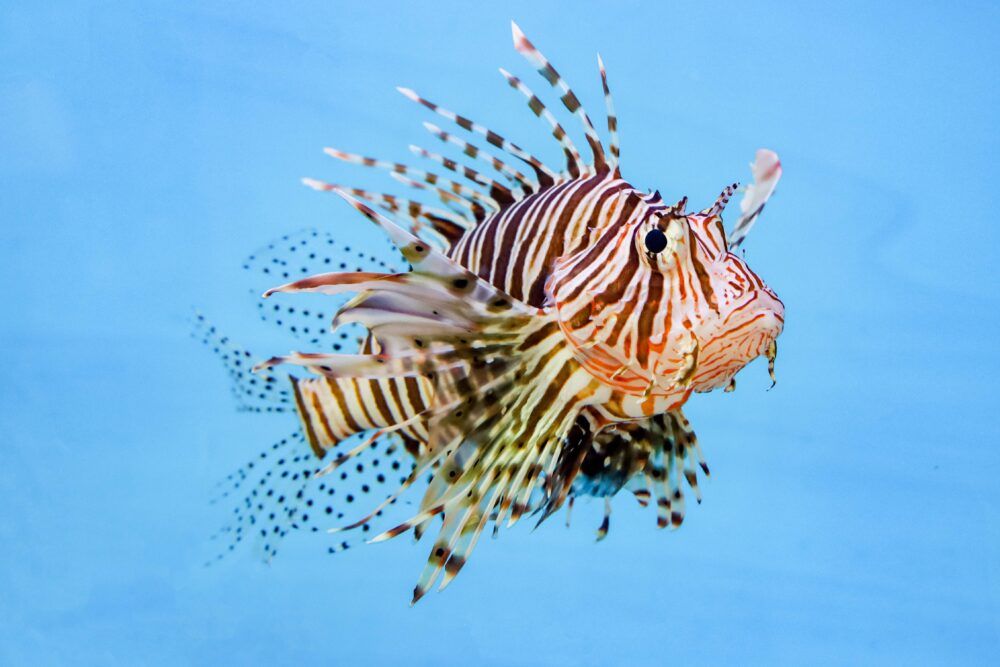
What ports can do to curb the spread of invasive alien species
Marine invasive species find their way of expansion through maritime transport or infrastructures, such as the Suez Canal. But ships and ports can also play an important role in curbing this problem.
What are invasive exotic species?
Coasts around the world are very different today than they were a few decades ago. On the surface, new infrastructure and more modern vessels are changing the landscape of beaches and harbors. And, although we can't see it, underwater the situation is also very different.
Various consequences of globalization have led to some species being introduced into ecosystems other than their own, either artificially, accidentally or intentionally. After some time, some of these species manage to adapt to the environment and colonize it. They thus become what we know as invasive alien species.
"In the seas there are numerous examples," explains Xavier Turon, Research Professor at the Centre d'Estudis Avançats de Blanes (CEAB-CSIC). "One of them is the crab Eriocher sinensis, whose life cycle includes fresh and marine waters and which has invaded Europe and North America from its native area in Asia. Another is the Asian alga Undaria pinnatifida, native to the Pacific, which has become established in temperate regions around the world."
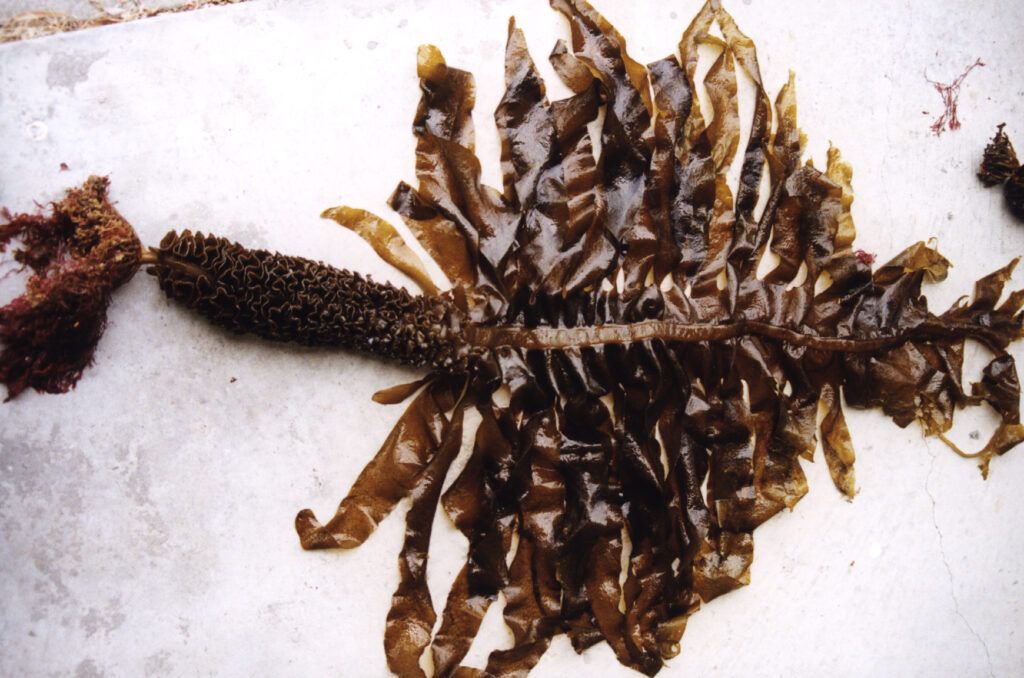
In the Mediterranean, we find cases in algae, fish, jellyfish and crabs, among others. One example is the lionfish (Pterois miles), which has entered the eastern Mediterranean through the Suez Canal and is spreading, so that specimens have already been found in the western Mediterranean. It is a very showy but also very voracious species, which can profoundly alter native fish populations.
"With more than 1,000 species recognized as introduced in the Mediterranean, there is a choice of both ecological and socio-economic impacts," explains Turon. According to the 'Assessment Report on Invasive Alien Species and their Control', produced by the Intergovernmental Science-Policy Platform on Biodiversity and Ecosystem Services (IPBES), invasive alien species pose a serious threat to nature, the economy, food security and human health.
They are one of the five main drivers of biodiversity loss and play an important role in 60% of global plant and animal extinctions. As explained by the NGO WWF, this is due to the fact that some native species, not having evolved in contact with these new species, cannot compete with them. They are displaced and, in the worst case, die and become extinct.
Economically, it is estimated that the cost of both these terrestrial and aquatic species generated an expenditure of more than $400 billion in 2019. The figure has quadrupled every decade since 1970. This is because they affect crops, fisheries or even man-made structures such as ships or power plants.
The solution to this problem is complicated, but the main ways to deal with it are to pay attention to the causes that favor its propagation.
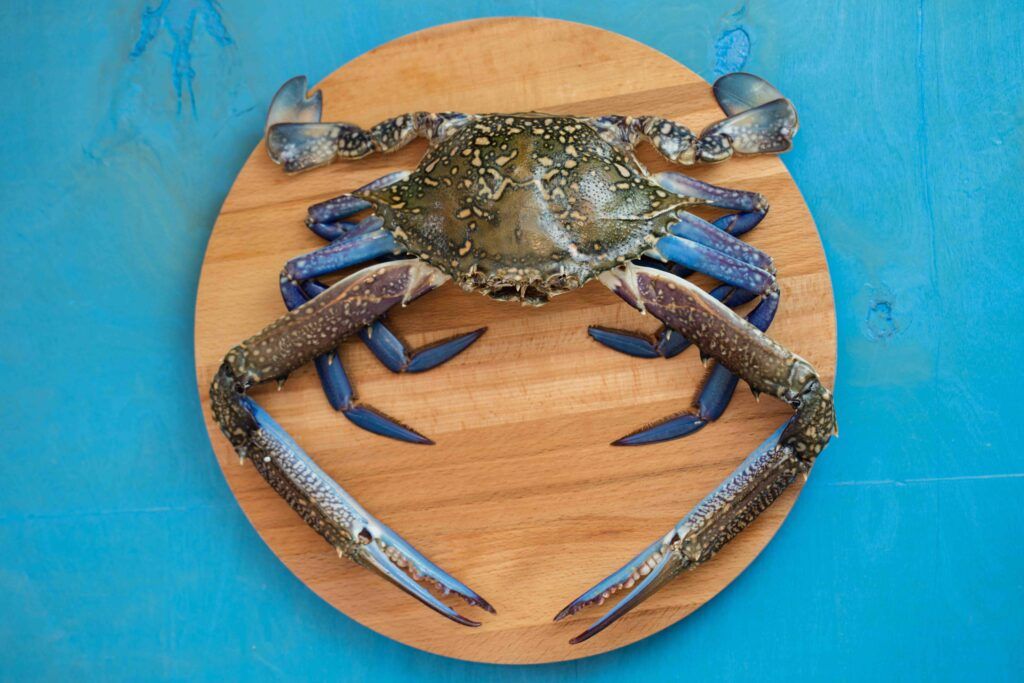
Expansion across the oceans
The arrival of an alien species can occur in different ways, either accidentally (e.g. through transport) or intentionally (to serve activities such as fishing or fish farming). Both cases can be found in marine ecosystems and, more specifically, in those of the Mediterranean Sea.
"In the case of the Mediterranean, invasive species have entered for centuries with maritime traffic through the Strait of Gibraltar," explains Turon. These species travel attached to the hull of ships or are present in ballast water, for example. "This is the oldest factor; there are species that have literally been transported for centuries. Many are naturalized and are part of the fauna that we find in ports and anthropized environments," explains Turon.
"Another entry route is linked to the cultivation of bivalves: along with juveniles from other areas, new species arrive, when it is not the cultivated bivalve itself that is introduced, as happens with the Japanese oyster Magallana gigas," Turon continues.
In more recent times, the professor notes, there has been an alarming increase in invasive species entering from the Red Sea through the Suez Canal. "The widening of the canal in 2015 removed the natural barriers of high salinity that existed in the old configuration, allowing many species of tropical affinities to cross easily into the Mediterranean. These species, adapted to highly biodiverse environments in the Red Sea, are formidable competitors in the Mediterranean," explains Turon.
Added to all this are the consequences of climate change, which in the Mediterranean has given rise to a process known as tropicalization. The increase in water temperature favors species from warmer environments to enter and find increasingly favorable conditions.
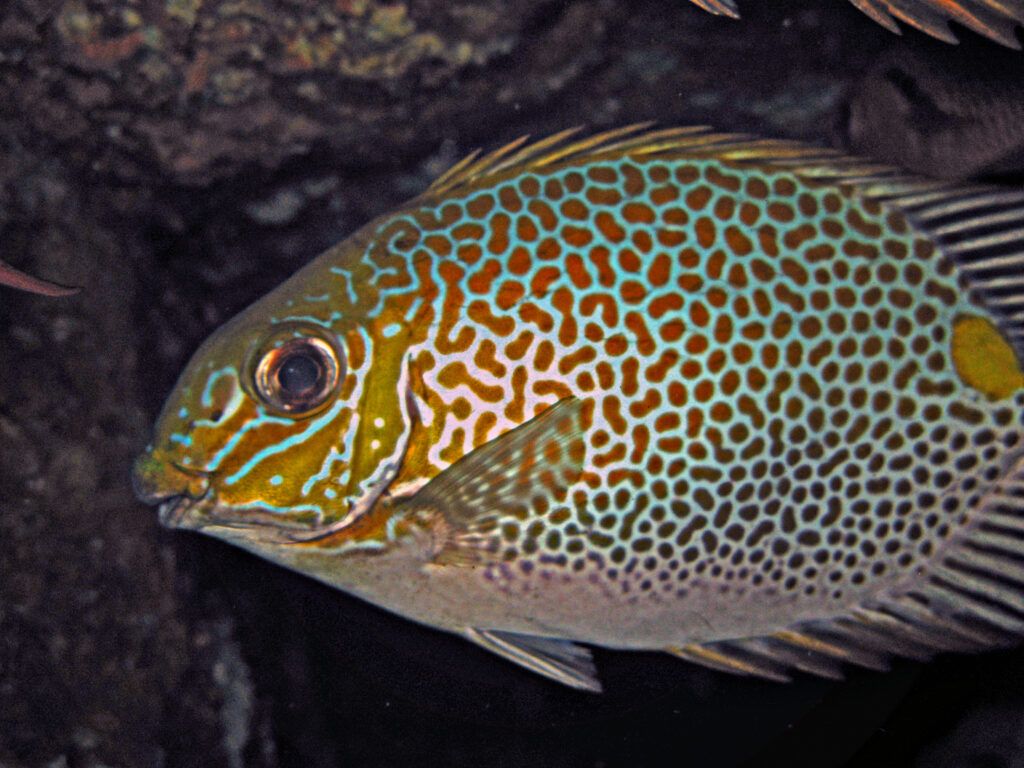
Room for solutions
Once an invasive species has become established, it is almost impossible to stop the process. "I know of no successful examples of eradication of marine species once they are established. The only trump card we have is early detection, practically at the moment of arrival, which is extremely difficult. After that point we have to think about containment and mitigation measures, because eradication is unrealistic," explains Turon.
There are efficient proactive measures, such as horizon scanning. These scans identify potential invasive species that have not yet arrived, but whose characteristics and history of introduction show that they may become dangerous in a given area. "Candidate species can be targeted for special attention," Turon says.
In terms of mitigation measures, there is the use of these species as a resource, for example. That is, the use of these species as food (as in the case of blue crab, rabbitfish or lionfish) or as raw material in sectors such as biotechnology (a category that would include some algae).
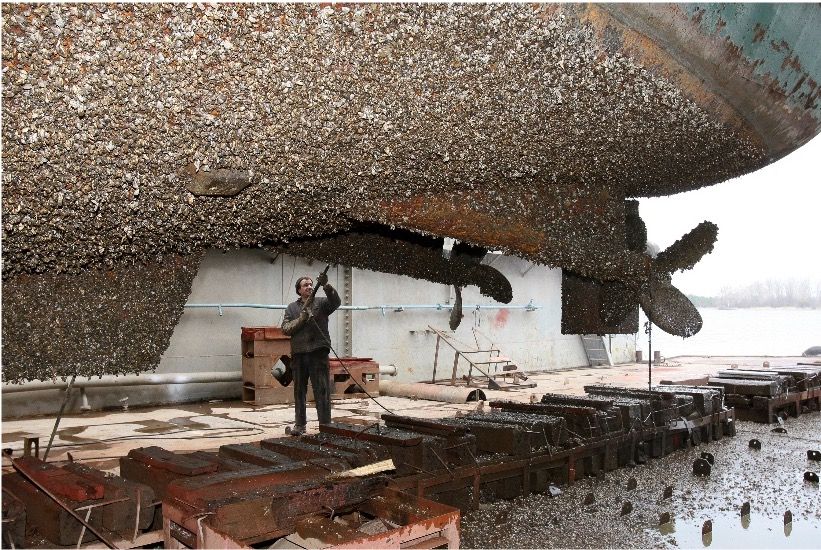
The role of ports and maritime infrastructures
Infrastructures can also play an important role in this prevention and control process. "In the specific case of the Suez Canal, it would be effective to reestablish salt barriers, so that the species find an effective barrier to their dispersal," Turon explains.
Ports, he adds, can collaborate by establishing inspection and monitoring programs (to prevent the newly arrived species from spreading to nearby natural communities) or education and awareness-raising activities aimed at the sectors involved and society in general. They also have the capacity to exchange information with other ports, both locally and internationally, to warn of the presence of a dangerous species at some point.
Finally, it must be verified that the vessels comply with the regulations required for ballast water management. "In the case of removing a vessel from the water for cleaning, the biological waste must be eliminated, preventing it from returning to the water," reminds the CEAB-CSIC professor.
Currently, some ports are collaborating in projects that seek to curb the impact of invasive alien species in the seas. One example is the port of Blanes (Girona, Catalonia). "Our team at CEAB-CSIC has been analyzing the environmental DNA of the water in the port of Blanes on a monthly basis for five years without interruption," explains Turon.
"This analysis is an effective mechanism to detect invasive species early and also to establish cycles of abundance and seasonality, which can have important applications. For example, placing juvenile mussels or oysters for cultivation a month before or a month after can prevent the settlement of an invasive species on bivalves," he explains.
There are also citizen science projects, such as Observadores del Mar of the Consejo Superior de Investigaciones Científicas (CSIC). This allows collaboration with divers and amateur naturalists to observe exotic fish and algae that may be invasive and prevent their spread while it is still possible.
Another example of early detection of invasive species is Ocean Ecostructures' Oasis initiative. It offers a solution that combines regenerative biodiversity technology (BioBoosting System - BBS) and data collection technology through sensorized underwater drones (USVs) and artificial intelligence to analyze the development of this biodiversity.
The BBS system for the creation of micro reefs consists of a 3-layer structure of natural materials that mimic nature: one for the attraction of microfauna (larvae, spores, gametes and microscopic life), another to attract macroorganisms (juvenile fish and crustaceans) and a third layer for the fixation of life.
This project, which is financed by the Ports 4.0 Fund, is being implemented in several locations in the Port of Barcelona. Although the aim of the project is the regeneration of marine diversity, the constant monitoring of the micro-reefs allows early detection of the appearance of invasive species, which have an easier time attaching to these substrates.


